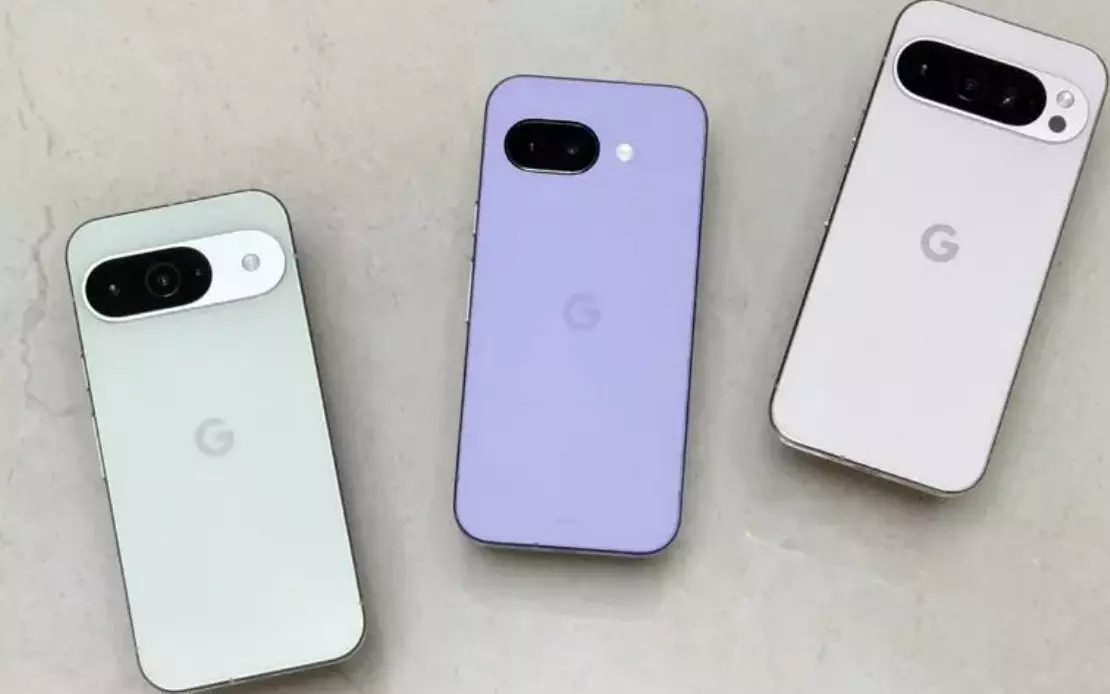Pixel 9a vs Pixel 9 Pro: Which Google phone should you buy?
Pixel 9a vs Pixel 9 Pro: Which Google phone should you buy?

Choosing between the Google Pixel 9a and Pixel 9 Pro might seem like comparing apples to oranges, given their price difference. But if you're looking for a new phone and wondering which Google device is the right fit, this comparison could help. The Pixel 9a serves as an affordable entry point into Google’s ecosystem, while the Pixel 9 Pro is designed for users who want more power and features. Here's how they differ — and which one might deserve a place in your pocket.
Design and Display
The Pixel 9a departs from Google’s usual camera bar design, opting instead for a flush dual-camera layout. Its clean rear and matte finish give it a minimalist look, much like the iPhone 16e. Despite being the more budget-friendly option at $499, the 9a offers a surprisingly fresh aesthetic.
On the other hand, the Pixel 9 Pro retains the signature camera bar and comes with a more premium feel. This year, Google released two “Pro” models — the Pixel 9 Pro and the larger 9 Pro XL. The Pixel 9 Pro is slightly heavier (199g vs 186g for the 9a) but both devices offer IP68-rated water and dust resistance.
When it comes to displays, both phones sport 6.3-inch OLED screens, but the similarities stop there. The Pixel 9a has a 2,424 x 1,080 resolution and supports a 60-120Hz variable refresh rate. It’s sharp and bright enough for most users, though it's protected by older Gorilla Glass 3.
In contrast, the Pixel 9 Pro boasts a 2,856 x 1,280 LTPO OLED panel, offering a dynamic refresh range of 1-120Hz, making it more power-efficient. It's also brighter, peaking at 3,000 nits, and is protected by the tougher Gorilla Glass Victus 2. Under sunlight, the difference in brightness is clearly noticeable.
Software and Performance
Both phones run on Google’s custom Tensor G4 chip, so performance across basic tasks and AI features like Circle to Search, Magic Editor, and Add Me remains consistent. Both also benefit from seven years of software and security updates.
However, the Pixel 9 Pro features 16GB of RAM compared to the Pixel 9a’s 8GB, offering better multitasking and smoother AI performance. It also offers more storage, maxing out at 1TB, whereas the 9a tops out at 256GB. While both devices now run Android 15, the Pixel 9 Pro provides a more future-proof experience, especially for power users.
Battery Life and Charging
Interestingly, the Pixel 9a has the largest battery of the Pixel series under $1,000 — a 5,100mAh cell. The Pixel 9 Pro houses a smaller 4,700mAh battery, while the 9 Pro XL has a slightly larger 5,060mAh capacity. While the Pro models have more efficient displays, the 9a might last longer for casual users.
Charging is where the Pixel 9 Pro pulls ahead. It supports 45W wired charging, 15W wireless (with the Pixel Stand), and 12W on standard Qi chargers. The 9a, by contrast, offers 23W wired and just 7.5W wireless charging — serviceable, but slow by 2025 standards.
Camera Capabilities
This is where the Pixel 9 Pro shines. The Pixel 9a features a 48MP main camera and a 13MP ultrawide lens. Thanks to Google’s computational photography, the results are solid and reliable, catering well to the average user.
However, the Pixel 9 Pro delivers a full professional-grade camera experience with a 50MP main sensor, a 48MP ultrawide camera, and a 48MP telephoto lens offering 5x optical zoom. Whether you're capturing distant objects or detailed macro shots, the 9 Pro delivers superior image quality.
The Pro also supports 8K video recording with Video Boost, whereas the 9a tops out at 4K. Even for selfies, the 42MP front camera on the Pro is a leap ahead of the 13MP sensor on the 9a.
Price and Availability
The Pixel 9a starts at $499 / INR 49,999 for the 128GB variant. It offers incredible value, combining long software support, clean design, and dependable performance at a competitive price.

